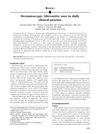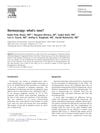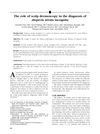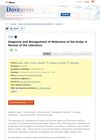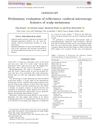Dermoscopy: Distinguishing Malignant Tumors From Benign
October 2012
in “
Expert Review of Dermatology
”
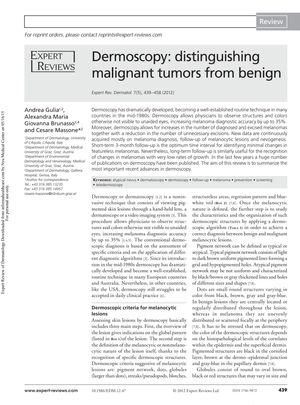
TLDR Dermoscopy greatly improves melanoma diagnosis and reduces unneeded surgeries.
The document from October 1, 2012, reviews the use of dermoscopy, a non-invasive technique that has significantly improved the diagnostic accuracy for melanoma by up to 35% since the mid-1980s. Dermoscopy allows for the observation of skin lesions at a magnified scale, revealing structures and colors not visible to the naked eye. The review details dermoscopic criteria for various melanocytic and nonmelanocytic lesions, including specific patterns for different types of nevi and melanoma, and emphasizes the use of dermoscopic algorithms like the ABCD rule, Menzies' method, and the seven-point checklist to differentiate between benign and malignant tumors. It also discusses the challenges in diagnosing certain melanomas that lack specific criteria and the importance of follow-up. The document highlights the utility of polarized-light dermatoscopy in identifying new criteria and the potential of integrating dermoscopy with confocal microscopy to further increase diagnostic accuracy. Additionally, it covers the diagnostic features of skin tumors in special anatomical locations and in dark-skinned individuals, and the role of sequential digital dermoscopic imaging and teledermoscopy in melanoma screening. Overall, dermoscopy is presented as a crucial tool in improving melanoma diagnosis and reducing unnecessary excisions.
